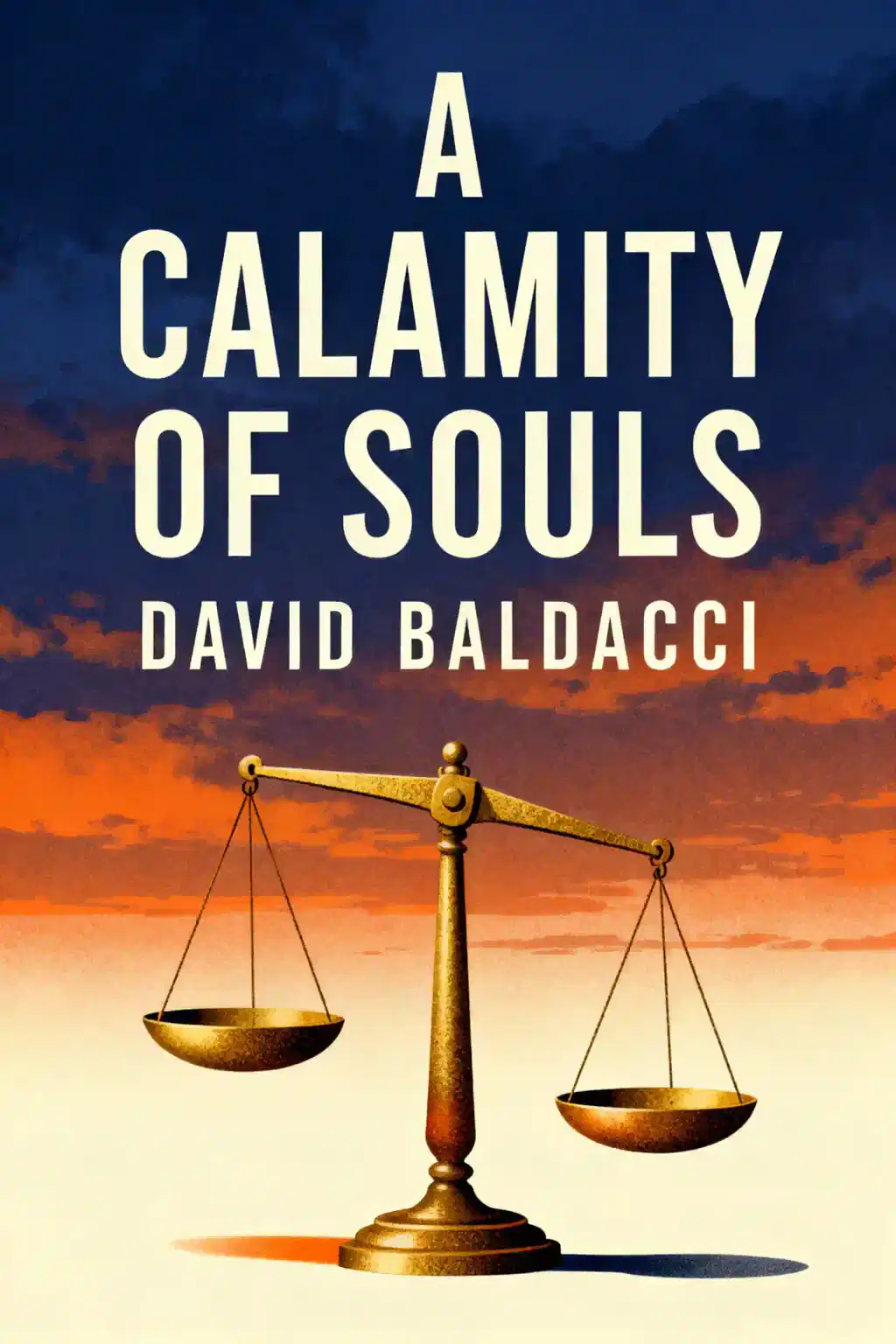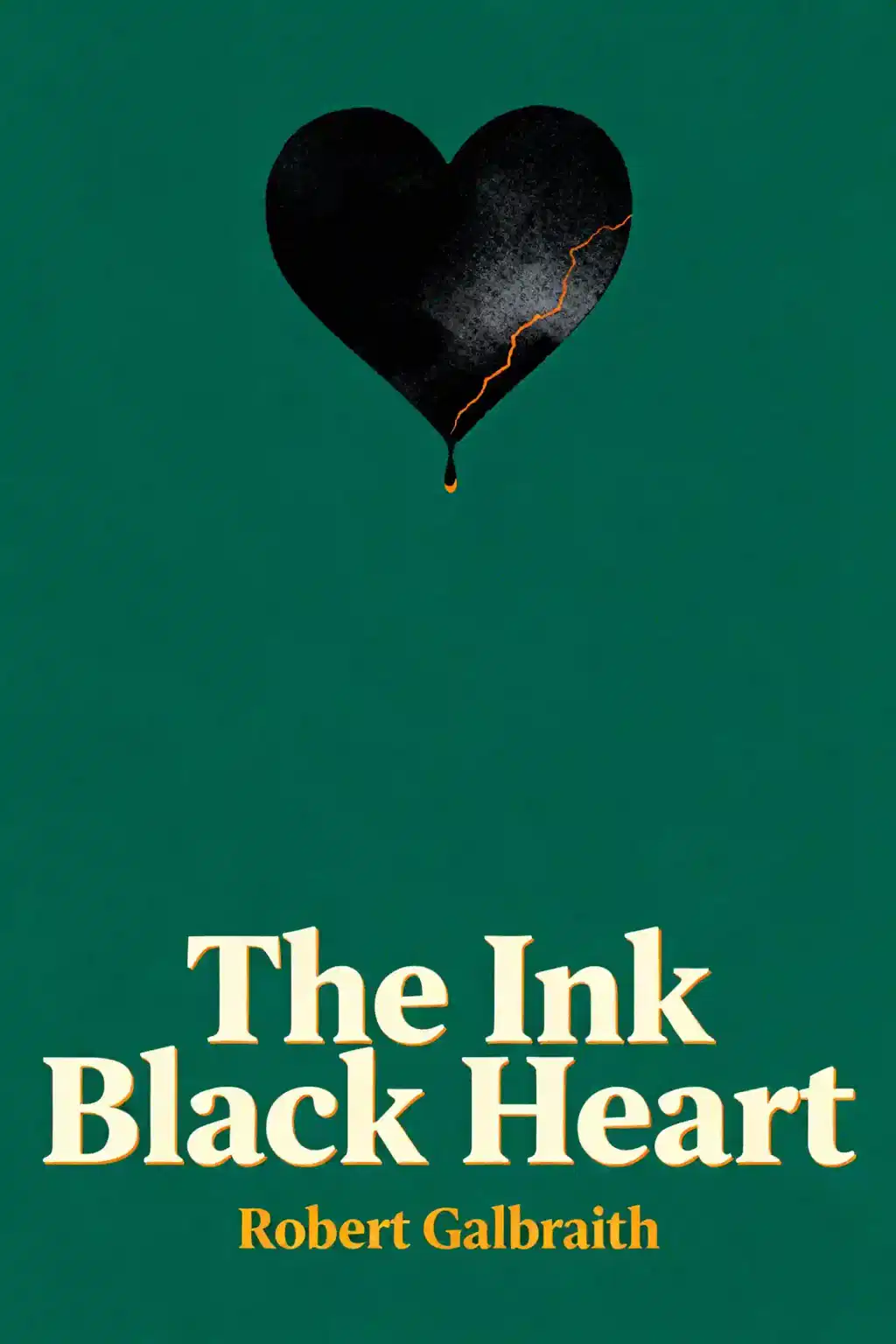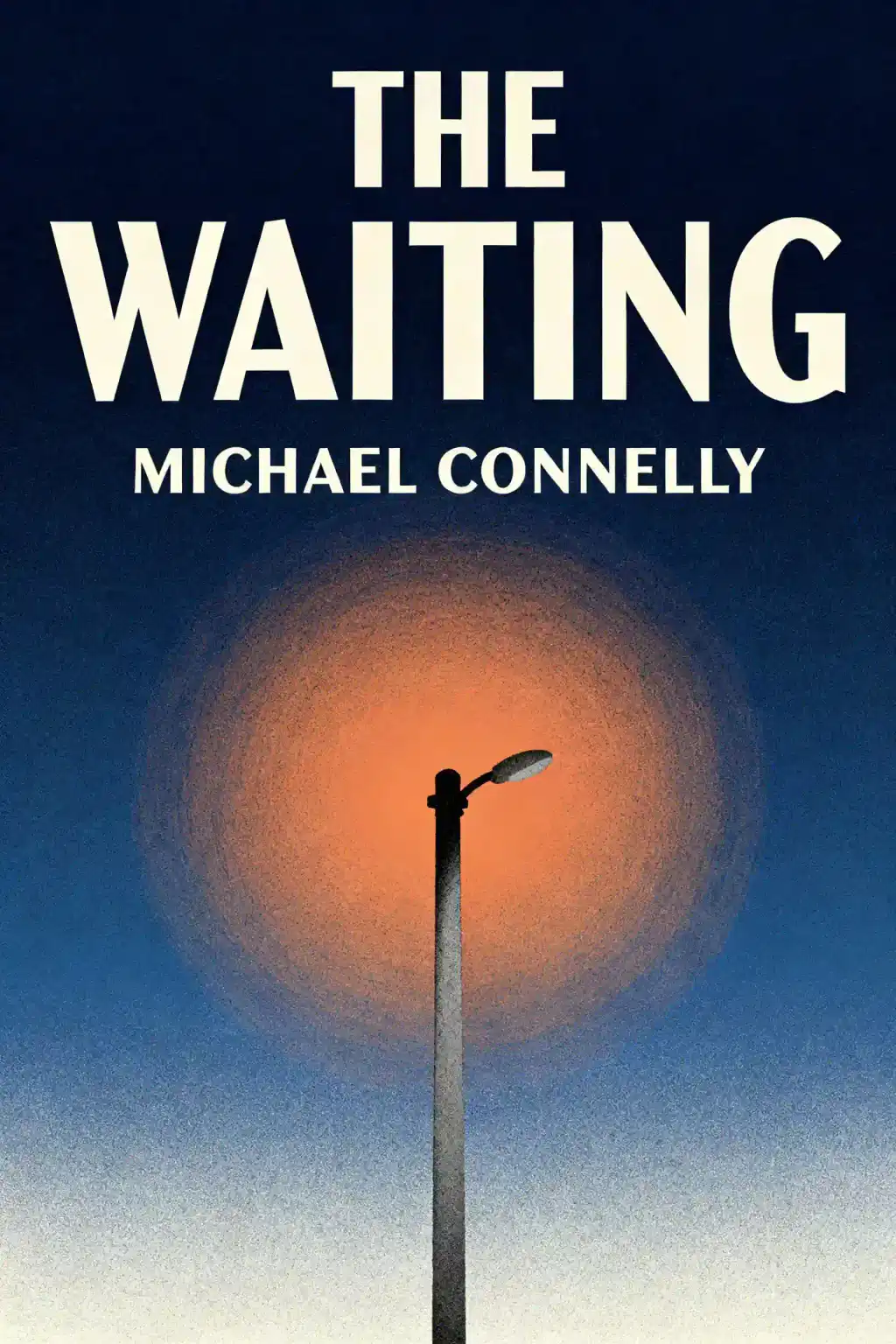What is
All the Sinners Bleed about?
All the Sinners Bleed follows Titus Crown, the first Black sheriff in rural Charon County, Virginia, as he investigates a school shooting that unveils a decades-long conspiracy involving a serial killer preying on marginalized youth. The novel intertwines Southern Gothic atmosphere with themes of racial injustice, religious hypocrisy, and moral reckoning, set against a backdrop of small-town secrets.
Who should read
All the Sinners Bleed?
Fans of gritty crime thrillers like True Detective or Sharp Objects will appreciate its relentless pacing and complex protagonist. Readers interested in socially charged narratives about race, religion, and systemic inequality will find its unflinching critique of Southern dynamics compelling.
Is
All the Sinners Bleed worth reading?
Yes—it’s a New York Times bestseller lauded for its visceral prose and layered storytelling. Critics praise its exploration of trauma and redemption, though some note its confrontational approach to racial politics may polarize readers.
How does
All the Sinners Bleed address race relations?
Through Titus’s dual identity as a Black man and law enforcer, the book examines systemic racism, intergenerational trauma, and the paradox of policing in marginalized communities. It critiques performative allyship and the lingering effects of white supremacy in the rural South.
What are the religious themes in
All the Sinners Bleed?
The novel interrogates faith’s role in justifying violence, using biblical allusions and a serial killer who views himself as a “holy executioner.” It contrasts Titus’s skepticism with the town’s evangelical fervor, questioning whether morality can exist without dogma.
Who is Titus Crown, and why is he memorable?
Titus is a flawed, introspective hero haunted by his past as an FBI agent and estranged from his community. His struggle to balance justice with vengeance—while navigating political minefields—makes him a standout in modern noir.
What symbolism is used in
All the Sinners Bleed?
The killer’s wolf mask symbolizes predatory hypocrisy, while decaying churches and overgrown graveyards reflect the erosion of moral authority. The recurring motif of blood ties violence to both sin and redemption.
How does
All the Sinners Bleed compare to S.A. Cosby’s other books?
While sharing his signature Southern grit, this book delves deeper into institutional corruption than the car-chase-driven Blacktop Wasteland or the vigilante focus of Razorblade Tears. Its thematic scope aligns it more with literary noir.
What criticisms exist about
All the Sinners Bleed?
Some reviewers argue its racial commentary leans didactic compared to Cosby’s earlier subtler works. The graphic violence and bleak tone may also deter readers seeking escapist crime fiction.
Does
All the Sinners Bleed have sequel potential?
As a standalone, it wraps up Titus’s arc conclusively. However, his moral complexity and the richly drawn setting leave room for future stories exploring Charon County’s unresolved tensions.
How does the book handle the psychology of its antagonist?
The killer’s warped theology and traumatic past are revealed through fragmented interviews and journal entries, mirroring real-life serial killer profiling. His motives blur the line between victimhood and monstrosity.
What real-life issues does
All the Sinners Bleed reflect?
It mirrors contemporary debates about police brutality, toxic masculinity, and the weaponization of religion. The school shooting subplot echoes America’s unresolved gun violence crisis.














